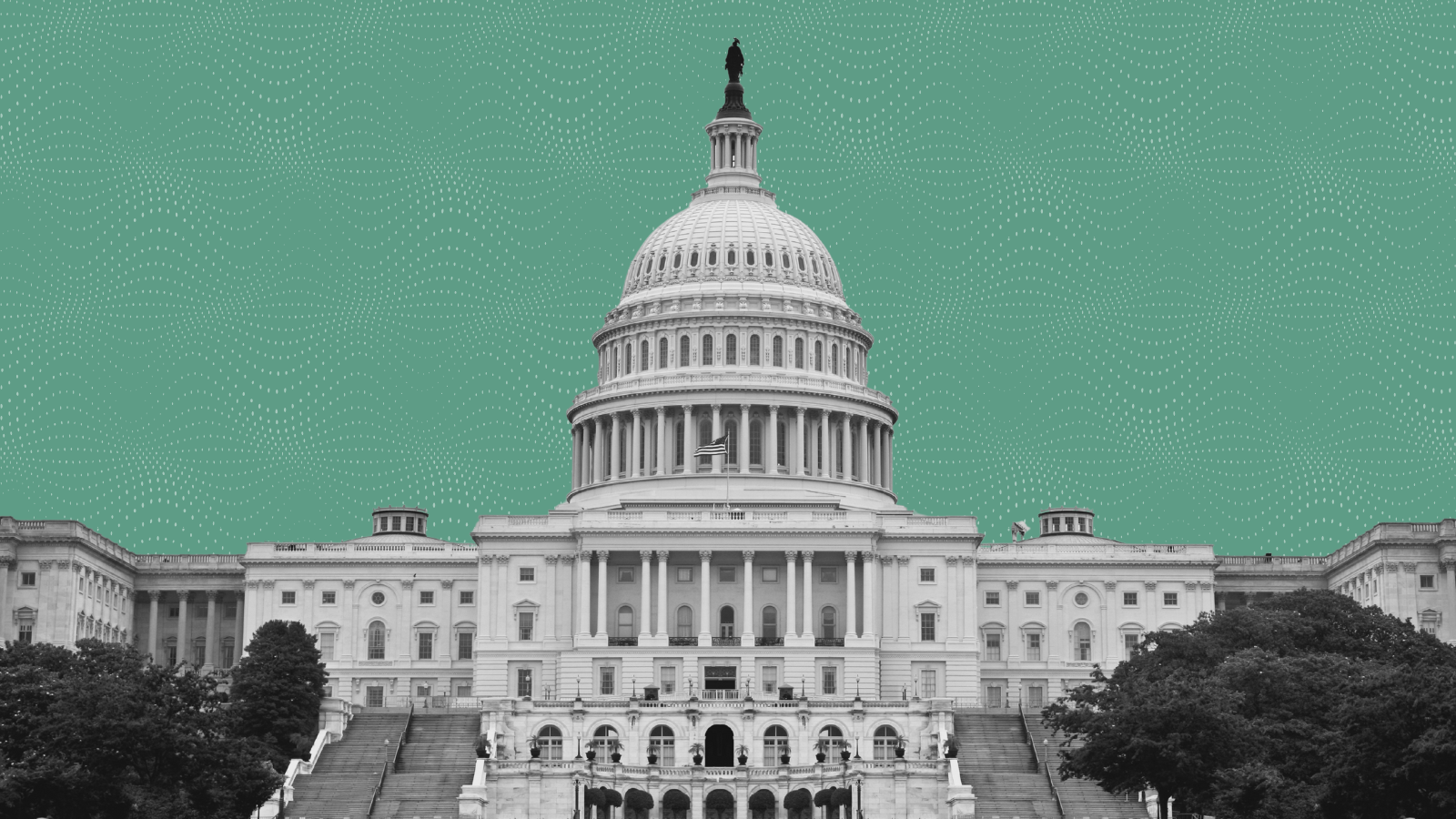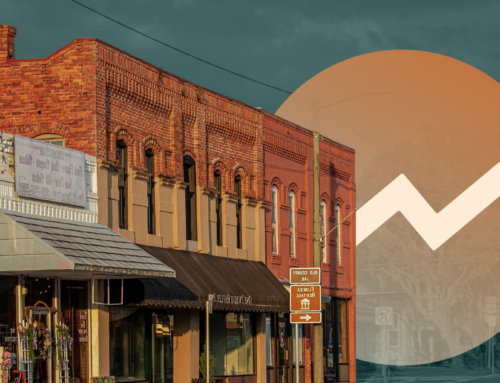EIG Media Contact: Reuben Francis | [email protected]
Washington, D.C. – The Economic Innovation Group (EIG) released the following statement from its President and CEO John Lettieri regarding the Opportunity Zones (OZ) provisions included in the latest draft of the One Big Beautiful Bill Act.
However, EIG urges Senate lawmakers to address two critical problems in the current draft that threaten to undermine the effectiveness of the policy going forward.
First, by delaying the effective date of the new OZ tax benefits to January 1, 2027, the bill creates an unintended incentive for investors to sit on the sidelines for the next 18 months rather than to immediately deploy capital. This would effectively freeze much-needed investment in the communities the OZ policy is designed to serve — the opposite of what the broader policy is intended to achieve.
Second, the bill’s changes to eligibility would lead to a significantly smaller map in future rounds of Opportunity Zones designation. EIG estimates that the map taking effect in 2027 could be 20 percent smaller than the current OZ map, with many states seeing even steeper reductions and rural areas being particularly hard hit.
EIG applauds the Finance Committee’s efforts to strengthen and make Opportunity Zones permanent, but we believe it is essential that these issues are addressed before passage of the OBBB to ensure that the policy lives up to its full and transformative potential.”
Background
EIG has long called for OZ improvements, including the rolling five-year deferral period and expansive reporting and transparency requirements, and continues to support the inclusion of other crucial technical corrections and improvements. These include:
- Allowing the creation of Qualified Feeder Funds, as included in the bipartisan Opportunity Zones Transparency, Extension, and Improvement Act.
- Allowing ordinary income investments to receive the 10-year permanent exclusion benefit, as included in the House version of the OBBB.
- Fixing rules and definitions that disadvantage non-real estate investment, including the “interim gains” issue and the treatment of existing property for substantial improvement.
- Lowering the substantial improvement threshold for qualifying affordable and workforce housing projects.
EIG first proposed the Opportunity Zones concept in a 2015 white paper co-authored by current National Economic Council Director Kevin Hassett and former Council of Economic Advisers Chair Jared Bernstein. The policy was enacted as part of the 2017 Tax Cuts and Jobs Act and has since driven nearly $100 billion in private investment into low-income communities across the country. Recent EIG research shows that OZs are delivering meaningful results, including the creation of 313,000 new residential addresses between Q3 2019 and Q3 2024 — roughly doubling the pace of housing development in designated communities during that period.
About the Economic Innovation Group (EIG)
The Economic Innovation Group (EIG) is a bipartisan public policy organization dedicated to forging a more dynamic and inclusive American economy. Headquartered in Washington, DC, EIG produces nationally-recognized research and works with policymakers to develop ideas that empower workers, entrepreneurs, and communities.






